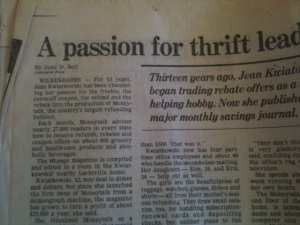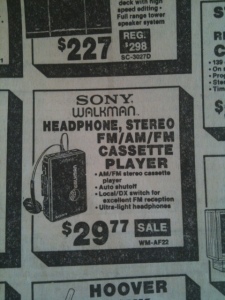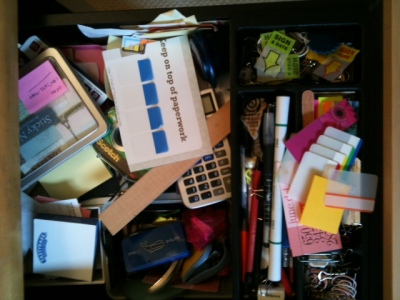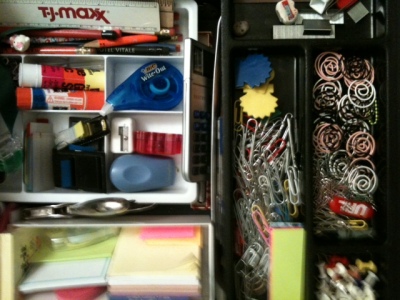Can you imagine collecting 109,000 of anything? Think of the space you’d need to display them all. Consider the time you’d have devote to cataloging and tracking your holdings. Then mull what would happen to your collection after your death.
The question of what to do with ore than 109,000 caps landed Scott Legried, 40, on the front page of yesterday’s Wall Street Journal. The cap collection belonged to his dad, Roger “Buckey” Legried. The elder Legried died last fall and left the world’s largest hat collection—verified by the Guinness Book of Worlds folks—to his son. The caps fill “a garage, a basement and three 13-meter semi-tractor trailers at the Legried family farm” in Minnesota, the article says.
None of the hats is particularly valuable, and the family can’t find a place willing to display the caps. And even if they did, would anyone really want to visit … a collection of random caps? Yet Scott Legried feels compelled to find a home for them.
The Legrieds’ situation is an extreme case, but it’s not an uncommon one. Parents often leave their worldly goods to their children, who then must shoulder the burden of deciding what to keep and what to give away. I’ve met many people who have garages, basements, drawers and even rooms filled with their late relatives’ silver, dishes, furniture and personal goods—all items they don’t want, don’t use and don’t enjoy but feel tremendous guilt about removing from their homes.
I encourage clients in this situation to select the items they love and incorporate them into their own homes so they can be enjoyed. And I recognize that people who are paralyzed by those decisions might not be ready yet to act. Perhaps they’re still grieving or are overwhelmed by a deep sense of loss. If the loss is fresh, I encourage them to wait a few months and then check in with themselves. If time isn’t the issue, I gently suggest counseling to help them pinpoint why they feel they cannot part with these items.
In Scott Legried’s case, he wants to honor his dad’s memory with a cap display. He’s even willing to spend $15,000 to find a permanent public space for the colection. Here’s an idea for Scott that would honor his dad’s memory without saddling him with the burden of overseeing 109,000-plus caps:
Give the caps away to anyone who wants one. Offer to mail the caps all over the world, provided the recipients pay the cost of postage. And attach a tag or iron-on label to each cap detailing how it was part of a world-record collection amassed by Roger “Buckey” Legried. The family would then have the satisfaction of knowing that each cap found a wearer and that every cap went to someone who wanted it. And they’d be able to divest themselves of tens of thousands of caps that are just gathering dust.
What better way to honor the memory of a man who couldn’t put a cap on his collection?






